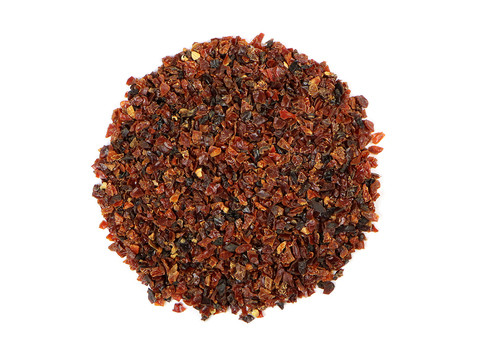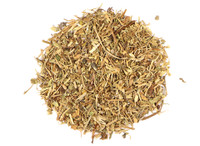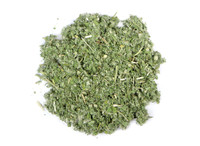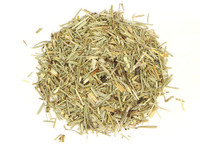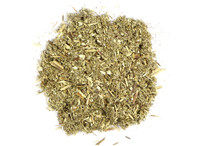-
Product Description
COMMON NAME
Standardized: rose hips
Other: dog rose, dog brier, brier roseBOTANICAL NAME
Rosa canina and Rosa rubiginosa
Plant Family: RosaceaeOVERVIEW
Rose hips develop on wild roses as the flowers drop off. The rose hip, also called the rose haw, is actually the fruit of the rose. These fruits are one of the most concentrated sources of vitamin C available.These plants are deciduous shrubs native to Europe and western Asia. They typically grow between 1 and 5 meters in height, and possess attractive flowers which range in color from white to pink. The fruit, known as rose hips, appears in early summer, ripening throughout the season and into autumn.
PARTS USED
Dried fruit, shelled and cut.TYPICAL PREPARATIONS
Most commonly found in tea and liquors. Seldom found in capsule or extract form.SUMMARY
Rose hips have a tart flavor and can be used to make jelly, jam, soup or oil, or can be alternatively used to flavor tea. During World War II, the British government used collected rose hips to make rose hip syrup as a source of vitamin C to replace citrus fruits that were impossible to get.REFERENCES
http://europepmc.org/abstract/MED/11467225/reload=0;jsessionid=jMlOx3kyihWngHUULj6h.6http://www.actahort.org/books/690/690_36.htm
http://ndb.nal.usda.gov/ndb/foods/show/7879?qlookup=rose+hips&fg=&format=&man=&lfacet=&max=25&new=1
PRECAUTIONS
No known precautions.
We recommend that you consult with a qualified healthcare practitioner before using herbal products, particularly if you are pregnant, nursing, or on any medications.This information has not been evaluated by the Food and Drug Administration. This product is not intended to diagnose, treat, cure, or prevent any disease. For educational purposes only.
Source: Mountain Rose Herbs
-
Product Reviews
-
Find Similar Products by Category


